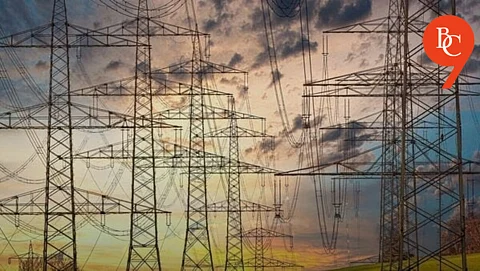

India has crossed a historic milestone in its energy transformation journey—achieving 50% of its installed electricity capacity from non-fossil fuel sources, five years ahead of its 2030 Paris Agreement commitment. This landmark accomplishment highlights India’s rapid progress and steadfast resolve toward a green, sustainable future, securing the country’s position as a global leader in the fight against climate change.
As of June 2025, India's total installed power generation capacity stands at 484.8 GW. Of this, over 234 GW comes from non-fossil sources, including solar, wind, large hydro, and nuclear energy. The current mix looks like this:
Total non-fossil capacity: Over 50% (234 GW+)
Thermal (fossil fuel) capacity: Just under 50%
Breakdown: Renewables, including large hydropower (48.27%), and nuclear (1.81%).
India’s clean energy surge has been particularly rapid since 2022, with the country adding nearly 44.3 GW of new solar and wind power between 2024 and mid-2025. The solar sector leads this expansion, now representing about half the total renewable capacity.
India’s energy transition stands in stark contrast to much of the developed world:
The European Union relied on fossil fuels for over 70% of its energy in 2022, and the US met 84% of its total energy needs with fossil fuels as recently as 2023.
India’s per capita emissions remain just one-third of the global average, while the country is on track to meet all of its Nationally Determined Contributions (NDCs) under the Paris Agreement.
India’s clean energy ambitions accelerated with Prime Minister Narendra Modi’s pledge at the COP26 summit to meet 50% of energy requirements from renewables by 2030 and reach net zero emissions by 2070. Significant government funding supported battery storage, smart grids, and green hydrogen development.
Initiatives like the PM Surya Ghar Muft Bijli Yojana made rooftop solar adoption accessible, contributing to the grassroots expansion of clean power. Driven by leading companies such as Adani Green, Waaree Energies, and NTPC Green, and coordinated through entities like the Ministry of New and Renewable Energy.
India’s early achievement of its clean power goal demonstrates what ambitious policy, public engagement, and innovative industry collaboration can accomplish. The country’s green leap not only reduces emissions, but also ignites economic opportunity and offers a scalable model for other rapidly developing economies seeking climate solutions.
